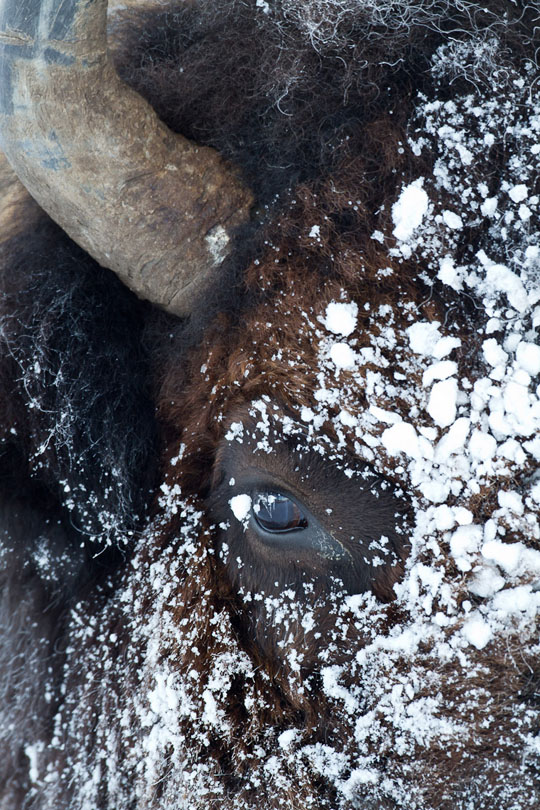 |
| Photograph by Rick Sammon |
Hey, this is all in good fun!
Away we go!
As you'll see today, Juan goes close, while I go wide.
Me: Use wide-angle settings on your zoom lens for close-up photographs.
For my picture, I used a Canon 16-35mm lens set at 16mm on my Canon 1D Mark II. My aperture was set at f/16. I was only two feet or so from the butterflies in the foreground.
I took the picture in Michoacan, Mexico where the monarch butterflies from North America spend the winter. It was quite an experience to be in a colony of 30 million - yes million - monarch butterflies. You can see more of my pictures from Michoacan, as well some of my favorite butterfly pictures, in my book, Flying Flowers.
All my gear is listed on my Gallery and Gear page.
The main advantage of using a wide-angle lens for close-up photography is that you'll get tremendous depth of field - way, way more than you'll get with a macro lens. For max depth of field, use a small aperture and focus 1/3 into the scene.
 |
| Photograph by Juan Pons |
Juan: Sometimes getting closer than you originally intended can create a completely different but very interesting and engaging image. As I was photographing this ice and snow covered bison in Yellowstone National Park, the bison kept walking towards me, and the closer he got, the larger he became in my viewfinder.
Although I started with the idea of making an image of the bison in the harsh winter environment, I decided to embrace the situation and instead of moving further back or changing lenses I decided to make some extreme closeups of this impressive animal. Out of the entire sequence of images of this bison, this, the extreme close up, ended up being my favorite by far. Yes, not the image I started with, or had in mind, but certainty a great image.
What, oftentimes, works very well with extreme close ups, is that their subjects are not instantly recognizable and as a result they challenge the viewer a bit while they are trying to figure out what is in the image. Once they "discover" the subject, the image itself transforms in their mind's eye, and they end up discovering new aspects, angles and "meanings" to the image that may not have occurred to them from the very beginning.
So as my friend Rick likes to say: "If you think you are close, get closer!"
I photographed the bison above with a Canon EOS 7D and Canon EF500mm f/4 lens.
Although I started with the idea of making an image of the bison in the harsh winter environment, I decided to embrace the situation and instead of moving further back or changing lenses I decided to make some extreme closeups of this impressive animal. Out of the entire sequence of images of this bison, this, the extreme close up, ended up being my favorite by far. Yes, not the image I started with, or had in mind, but certainty a great image.
What, oftentimes, works very well with extreme close ups, is that their subjects are not instantly recognizable and as a result they challenge the viewer a bit while they are trying to figure out what is in the image. Once they "discover" the subject, the image itself transforms in their mind's eye, and they end up discovering new aspects, angles and "meanings" to the image that may not have occurred to them from the very beginning.
So as my friend Rick likes to say: "If you think you are close, get closer!"
I photographed the bison above with a Canon EOS 7D and Canon EF500mm f/4 lens.
I needed to keep to a safe distance from this big bull bison) at F/5.6 and 1/50th of a second at ISO 400 taking advantage of the nice natural diffused light of an overcast sky.
• • •
For more info on close-up photography, and photography in general, check out my apps. Click here to start the photo fun! Juan and I co-developed Butterfly Wonders (which features a section on close-up photography) and Life Lesson We Can Learn From Mother Nature.
Explore the light,
Rick
P.S. If you want to share this post, simply click on the twitter or facebook icons below.
P.S. If you want to share this post, simply click on the twitter or facebook icons below.
